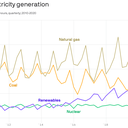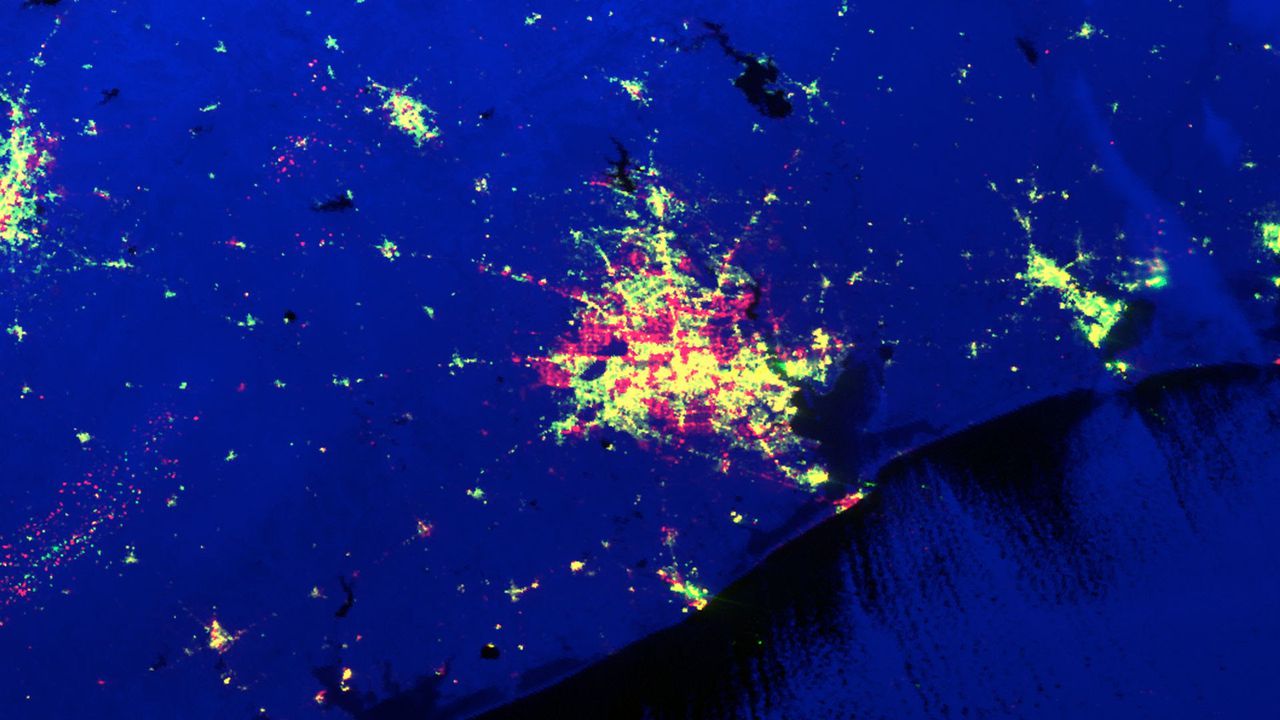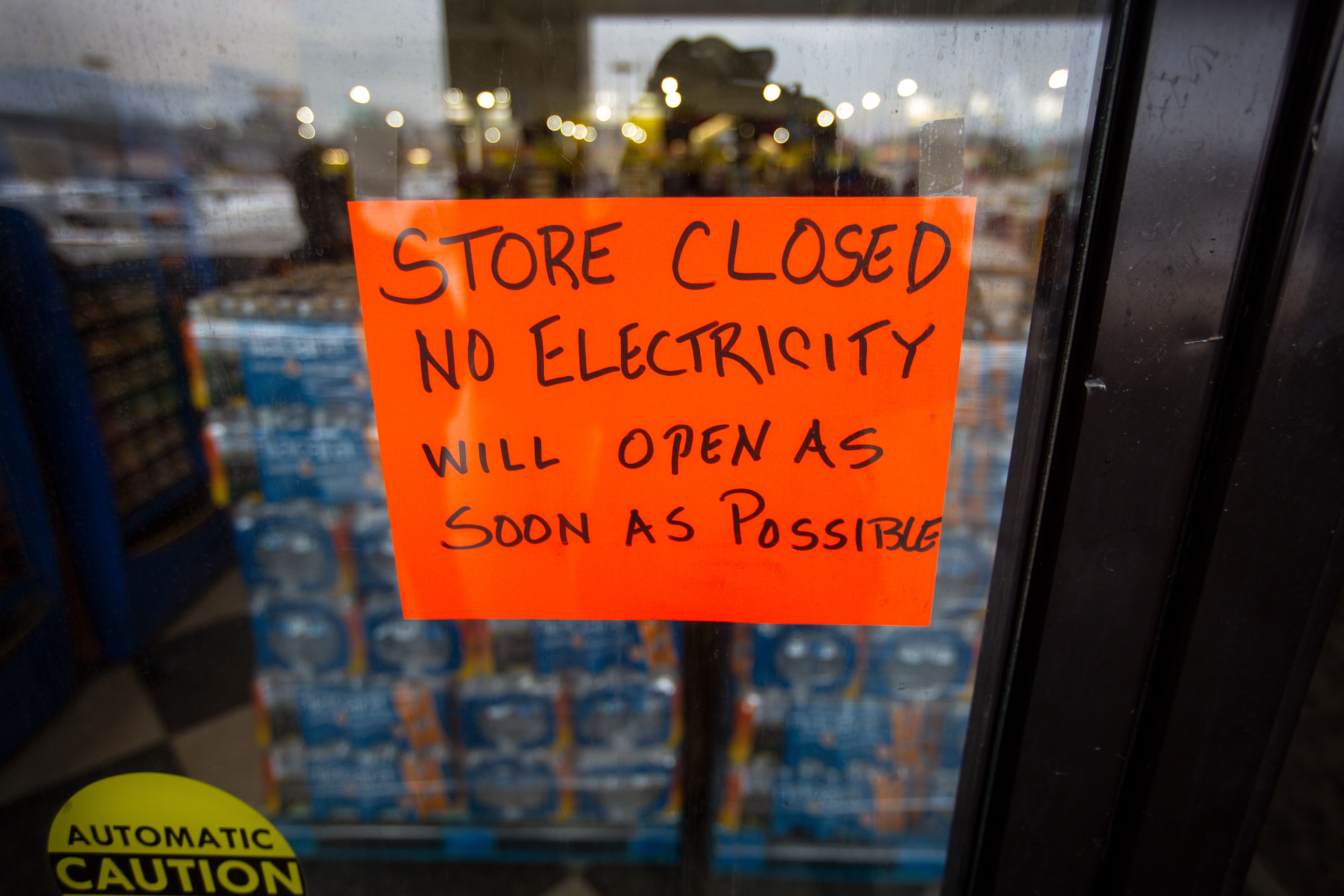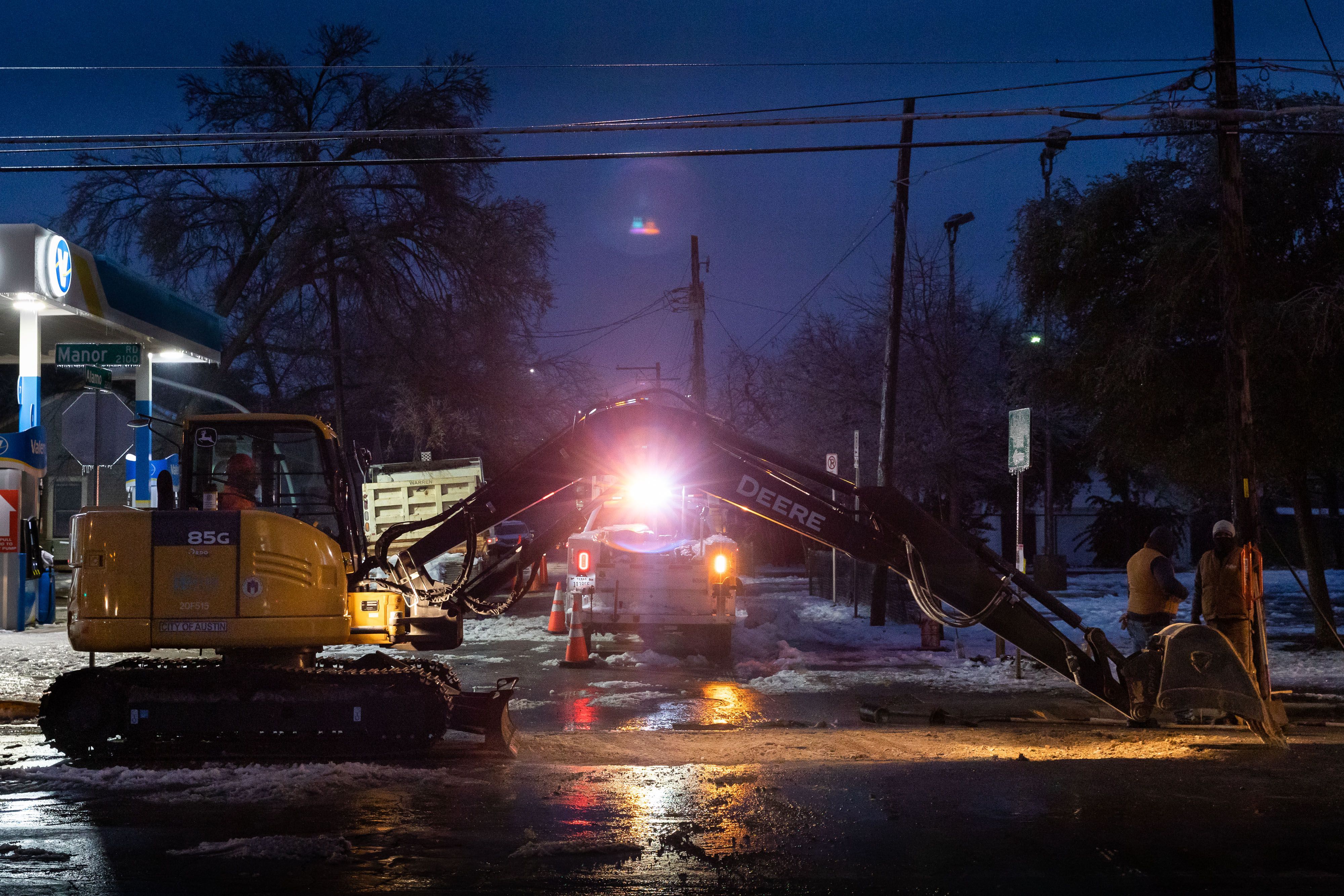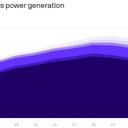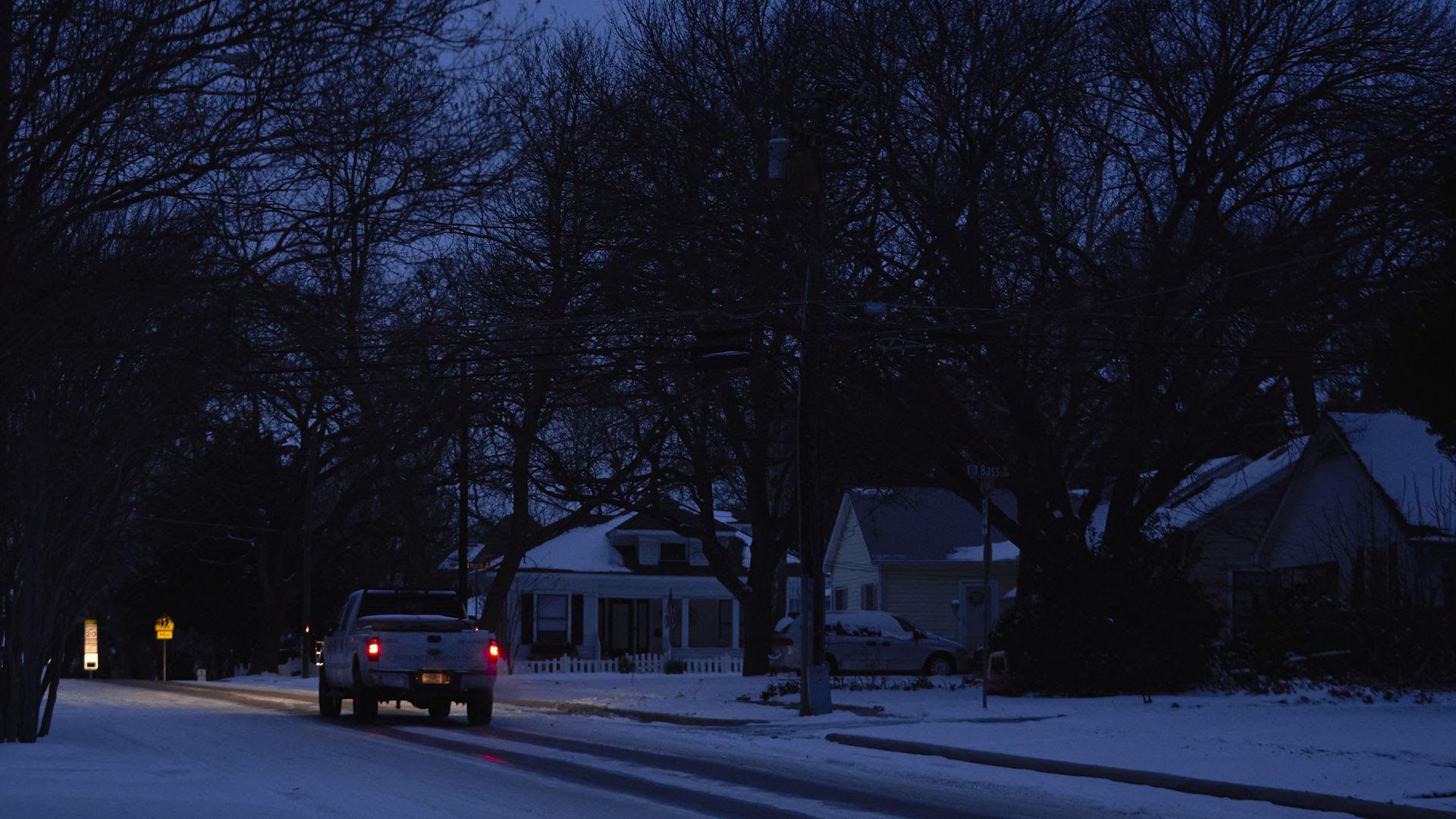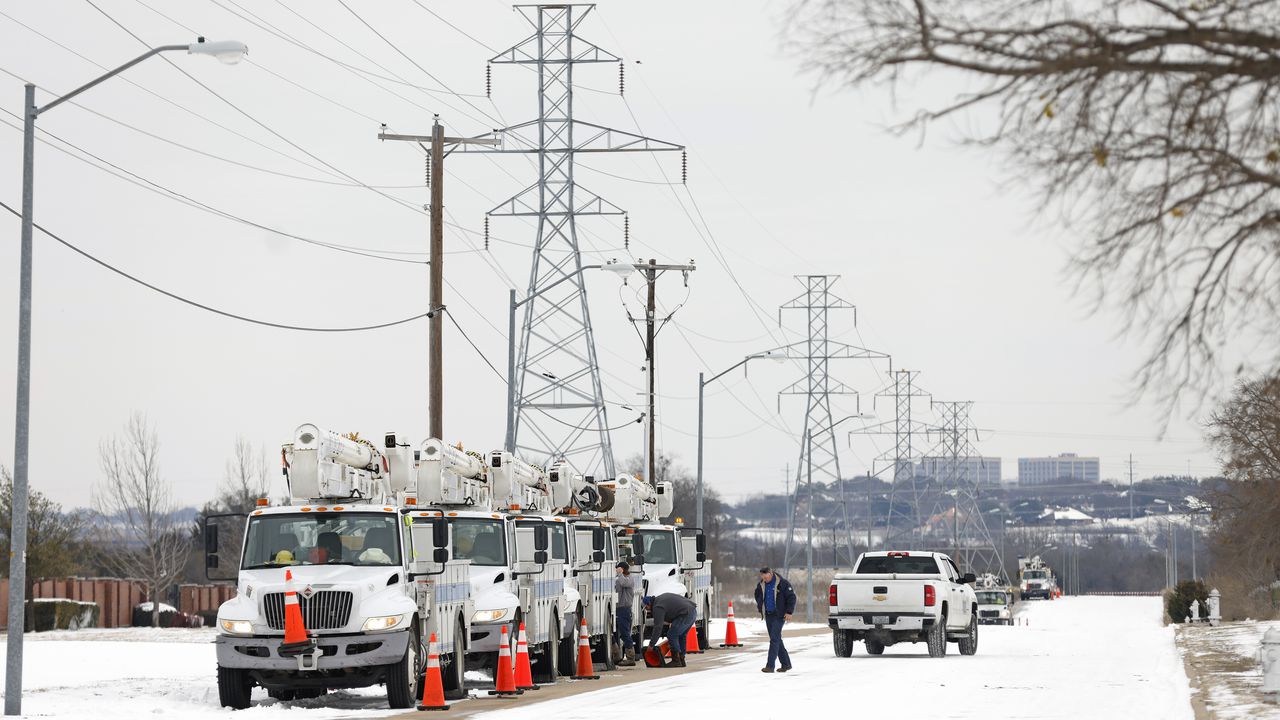Economists are urging the U.S. government to adopt a higher number for the social cost of carbon emissions.
Why it matters: The social cost of carbon might be the single most important number on climate change, one that helps decide how much we're willing to invest to slow global warming — and how much we actually value the future.
Driving the news: On Monday, prominent economists Nicholas Stern and Joseph Stiglitz published a paper making the case that the U.S. needs to reassess how it calculates the social cost of carbon.
- The social cost of carbon reflects the ultimate estimated dollar price to society for every new metric ton of carbon dioxide emitted.
- Under President Obama's administration, the figure was estimated at $50 per metric ton by 2030, in 2007 dollars.
- In one of his first actions in office, President Trump essentially threw out Obama's calculations, eventually resulting in a cost of between $2–$7 — so low that carbon restrictions of almost any kind would be economically infeasible.
- Stern and Stiglitz, reevaluating the economic models used to estimate future climate damages and putting more value on the wellbeing of future generations, suggest a social cost at the upper end of a $50–$100 per metric ton range.
What they're saying: "It is vital to get the number right — and by right, we mean higher than it has been in the past," Stern and Stiglitz wrote in a separate commentary.
Be smart: The social cost of carbon represents the economic benefit that will come from reducing carbon emissions, which means that setting a higher cost justifies regulations that make emitting carbon more expensive.
- The number is also one of the best representations of what the present feels it owes future generations that will suffer the most from climate change — or benefit, if we can curb its worst effects.
By the numbers: As part of its calculations for the social cost of carbon, the Obama administration used a discount rate of 3%, meaning that a dollar of climate damages a year from now would be valued 3% less than a dollar today.
- The discount rate reflects assumptions — partially wrapped up in interest rate levels — about how rich we expect future generations to be, and therefore how much we should be willing to spend in the present to save our descendants from damages.
- A 3% discount rate implies that to save $1 a century from now, it's only worth spending less than 5 cents today. Set the discount rate at 7% — as the Trump administration did — and we're essentially telling future generations they're on their own.
- Stern and Stiglitz — both citing ethical reasons and because today's ultra-low interest rates make them more pessimistic about the prosperity of future generations — urge adopting a lower discount rate, which in turn feeds into a higher social cost of carbon.
Of note: That's exactly what New York did late last year, which led the state to estimate a social cost of carbon of $125 per metric ton.
What to watch: On his first day in office, President Biden re-created an interagency working group on the social cost of greenhouse gases — carbon dioxide, as well as other warming gases like methane — that Trump had disbanded, and he ordered it to update the figure within 30 days.
- Many experts believe the interim estimate could run as high as $125 per metric ton and could rise even higher by next January, when the final number is due.
- A high social cost of carbon would be essential to Biden's climate action goals, which include making the U.S. carbon neutral by 2050.
- Some economists argue the social cost of carbon should be even higher than what Stern and Stiglitz recommend, given the need to drive down carbon emissions immediately to avert dangerous climate change.
I don't know what SCC will come out of that process. No one does.
My best guess is that it'll be well over $100/t CO₂. That's also well over what Stern & Stiglitz recommend here.
Key is for the SCC to be updated as science & economics advance. Process matters!
— Gernot Wagner (@GernotWagner) February 15, 2021
The other side: On Tuesday, 11 business groups from the manufacturing and fossil fuel industries — which would bear much of the economic burden of a higher carbon cost — sent a letter to the White House urging "stakeholder input" on the new estimate.
- A high cost of carbon could be vulnerable in Republican-leaning courts, just as the Trump administration's estimate of the cost of methane — another greenhouse gas — was struck down by a federal judge last year because it only included domestic harms.
The bottom line: Where we set the social cost of carbon tells us how we gauge a future-focused threat — and how much we value the generations to come.






